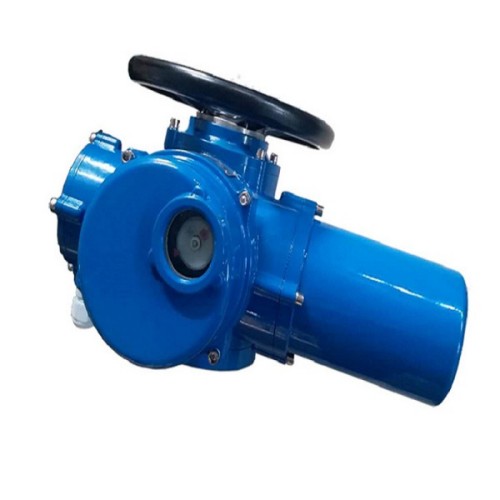Understanding the Functionality and Applications of Trap Valves in Fluid Systems
Understanding Trap Valves Functionality and Importance in Fluid Dynamics
In the realm of fluid dynamics, various components work together to ensure the smooth operation of systems, and among these components, trap valves play a crucial role. This article aims to explore the functionality, design, applications, and significance of trap valves in various industries.
What is a Trap Valve?
A trap valve, often simply referred to as a trap, is a specialized valve designed to selectively allow or restrict the flow of fluids within a system. Unlike standard valves that primarily serve the purpose of opening or closing a pathway, trap valves are instrumental in managing condensate and preventing the loss of steam, gas, or other fluids. They are especially essential in systems where temperature fluctuations can lead to condensation, which could potentially cause operational inefficiencies or damage.
Functionality of Trap Valves
The primary function of a trap valve is to remove unwanted liquids from gas or steam systems while preventing the backflow of those liquids into the system. This is achieved through various designs, including float-type, thermodynamic, and mechanical trap valves. Each type operates on different principles
1. Float-Type Traps These traps utilize a buoyant float that rises and falls with the liquid level. When the liquid reaches a specific height, the float lifts, opening the valve to release the condensate. Conversely, when the liquid level drops, the float descends, closing the valve to prevent gas from escaping.
2. Thermodynamic Traps These traps rely on the temperature differential between steam and condensate. When steam enters the trap, it causes a temperature rise, leading to the closure of the trap. As the steam condenses into liquid, the valve opens to allow the condensate to escape.
3. Mechanical Traps These traps operate based on differential pressure or mechanical elements, such as a piston or diaphragm, to manage fluid flow. They are particularly useful in applications where precise fluid management is necessary.
Applications of Trap Valves
trap valve

Trap valves are utilized across various industries, including
- Power Generation In steam power plants, trap valves are essential for managing steam and condensate flow, improving efficiency and safety.
- Food and Beverage In processing plants, trap valves ensure that steam used for sterilization does not contaminate the product, maintaining hygiene standards.
- Chemical Processing In this sector, trap valves help control the flow of chemicals and prevent the release of hazardous materials, contributing to safe operational practices.
- Heating Systems Trap valves are crucial in district heating systems and HVAC applications, ensuring efficient heat transfer by managing condensate.
The Importance of Trap Valves
The significance of trap valves cannot be overstated. They contribute to system efficiency and reliability, leading to reduced energy consumption and operational costs. By effectively managing condensate, trap valves help prevent water hammer—a phenomenon that can cause significant damage to pipes and equipment. Additionally, by preventing the loss of steam or gas, they help maintain pressure within the system, leading to optimized performance.
Moreover, trap valves are integral to ensuring sustainability within industrial processes. By minimizing fluid loss and reducing waste, they contribute to the overall efficiency of the system, thus supporting environmental conservation efforts.
Conclusion
In conclusion, trap valves embody a vital component in fluid dynamics, serving essential functions across various industries. Their ability to maintain system efficiency, enhance safety, and support sustainable practices makes them indispensable in modern engineering. As industries continue to advance, the importance of such mechanisms cannot be overlooked, and ongoing innovations will ensure that trap valves remain at the forefront of fluid management technology. Understanding the functionality, variety, and applications of trap valves is crucial for engineers and professionals seeking to optimize their systems and contribute to more efficient industrial practices.
-
The Key to Fluid Control: Exploring the Advantages of Ball Valves in Industrial SystemsNewsJul.09,2025
-
The Versatile World of 1, 2, and 3 Piece Ball ValvesNewsJul.09,2025
-
Stainless Steel Ball Valves: The Ideal Choice for Efficient Flow ControlNewsJul.09,2025
-
Optimizing Fluid Control with Ball Float ValvesNewsJul.09,2025
-
Manual Gate Valves: Essential for Control and EfficiencyNewsJul.09,2025
-
Everything You Need to Know About Butterfly ValvesNewsJul.09,2025
-
The Versatility of Wafer Type Butterfly ValvesNewsJul.08,2025




